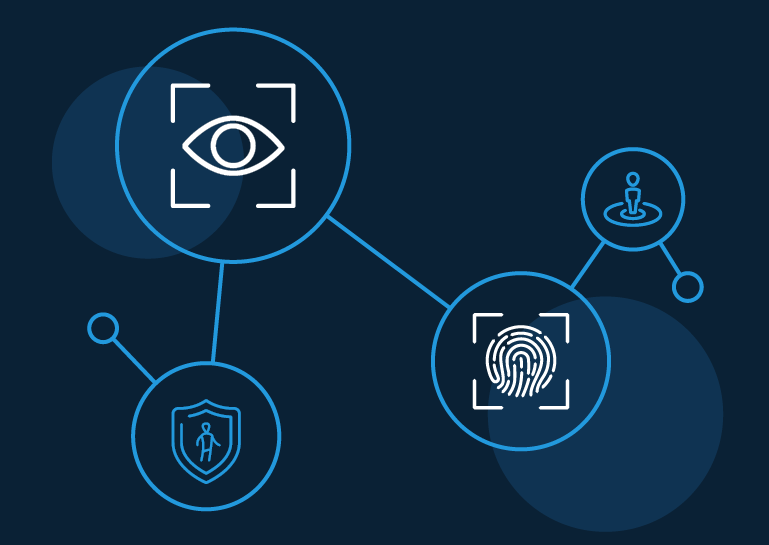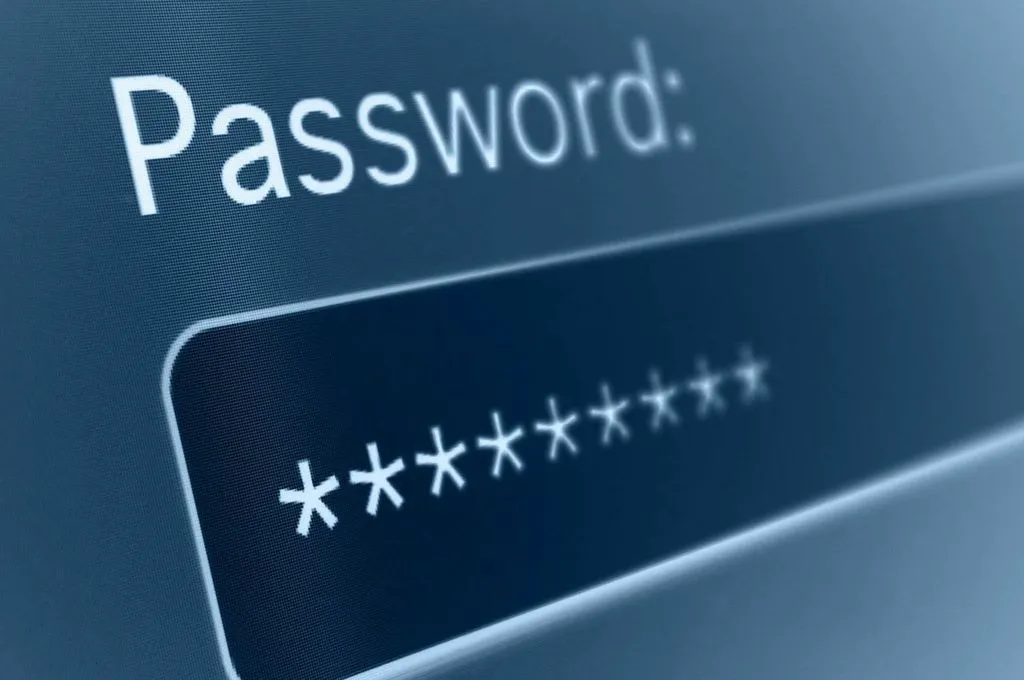Everyone detests passwords. The majority of us have trouble remembering them, sometimes along with our usernames because there are so many email and social accounts now. Hence for us, passwordless authentication is great news and option, and what’s more, experts claim that it is now simpler and more secure to log in to platforms, making it practically difficult for hackers to obtain passwords, phish, or replay credentials.
But why don’t we already live in a password-free world? Business leaders have engaged in a great deal of discussion and debate over the hurdles to passwordless entry, leading to the identification of a few key impediments. Here are some of the most common ones preventing progress, along with solutions.
Seeing passwordless as just another tech update

When talking about new projects, existing username and password solutions aren’t always the top priority in terms of technology. By informing internal stakeholders that it’s as much an organisational transformation as it is a technological one and proving these assertions with statistics, leaders may ignite internal dialogues about security and passwordless authentication. There will be a lot of work to be done behind the scenes, but eliminating passwords from an employee’s work experience completely can lead to significant changes in how they work. For example, they won’t have to reset their passwords ever again, and, most importantly, security risks like phishing will no longer exist.
Thinking ‘passwordless’ is all or nothing
It is conceivable to begin deployment with a specific group of users or clients, such as a group of people who are more likely than average to prefer password-free access or a high-risk group like the C-Suite. Or, even better, give all users the option of passwordless access so they may choose to opt-in rather than out.
There are several methods to begin a passwordless journey that aren’t exhaustive. Starting small allows you to gather evidence of success and information that will benefit the company as it moves farther toward passwordless authentication.
Worrying about causing a CX issue when a customer or employee gets a new device

Passwordless, to put it simply, effectively ties a person’s identity to their gadgets, such as a phone or laptop. However, what occurs when a worker receives a new phone? A CIO may not be able to stomach the potential customer experience (CX) nightmare that may result, but it doesn’t have to be that way. In the worst situation, a user would be unable to log in, which would necessitate a dreaded call to the help desk. But a number of fallback methods, such as a magic link to their email, push authentication, a QR code, or resorting to a one-time passcode or pin, can be useful. IT directors may integrate a procedure into current employee manuals and communications to facilitate a smooth transition to a new device rather than acting as a genuine barrier. As with anything else, it merely takes planning to transition to a passwordless posture without creating any CX difficulties around lost or new devices.
Needing to rewrite legacy apps
When it comes to passwordless integration, enterprises frequently worry about how to manage legacy apps. Do all of those applications need to be updated or rewritten? The simple answer is no, but a good identity provider will offer the technology you can use in front of that app to act as the translator, saving you from having to rebuild those apps or create bespoke logic around them.
Before becoming passwordless, there are multiple things to think about, but it’s a path that demands careful contemplation. Passwords are not only inconvenient, but they also increase the risk of security breaches. We need to make progress in order to completely eradicate them and push towards frictionless, secure authentication because so much of our daily lives now take place online.











































